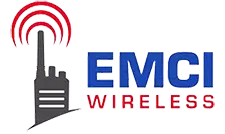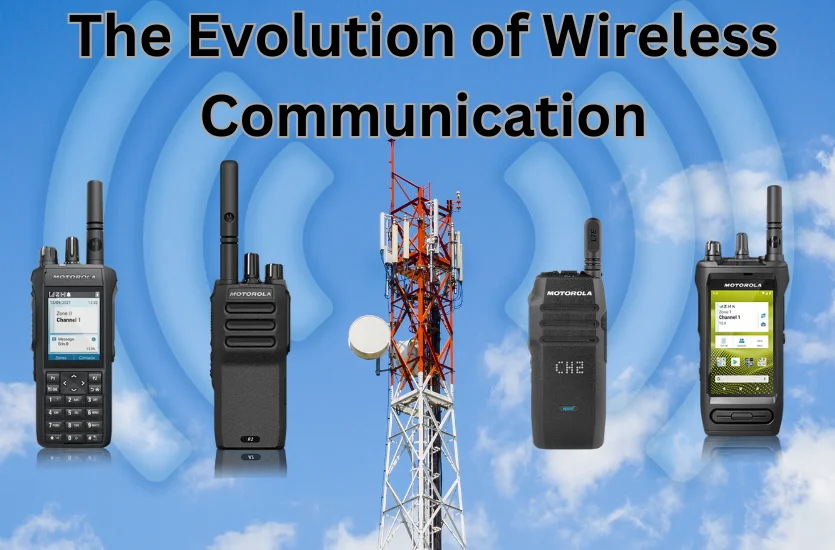As technology progressed, the demand for advanced features like messaging and precise location services led to the rise of digital radios. In this article, we’ll take a virtual walk through the evolution of wireless communication from the analog era to the digital age and explore how EMCI Wireless has played a key role in this transformation.
This said, analog two-way radios have long been the industry standard. Their simplicity and reliability made them indispensable for many years.
For over four decades, EMCI Wireless has been a trusted name in the world of wireless communication solutions. With a laser focus on both mission-critical and commercial wireless networks, we’ve remained at the forefront of an ever-evolving industry.
The Early Days of Wireless Communication
The history of wireless communication is more captivating than many realize. In fact, one of its most remarkable chapters is the pivotal role of Motorola Solutions in the Apollo 11 mission. In 1969, Motorola’s S-Band transponders aboard the Apollo 11 lunar module and command module were critical in transmitting telemetry, voice communications, biomedical data, and television signals between Earth and the Moon.
It was through Motorola radio equipment that the first words from the moon were relayed to Earth on July 20, 1969. This historic event not only symbolized the incredible progress in wireless technology but also showcased the significance of instant communication in mission-critical situations.
But, the story of wireless communication dates back even further, to 1880, when Alexander Graham Bell and Charles Sumner Tainter unveiled the photophone, a groundbreaking invention. This photophone was the world’s first wireless telephone, transmitting audio over a beam of light. This invention laid the foundation for the wireless communication technologies we use today, and it underscores the enduring human quest for efficient, long-distance communication methods.
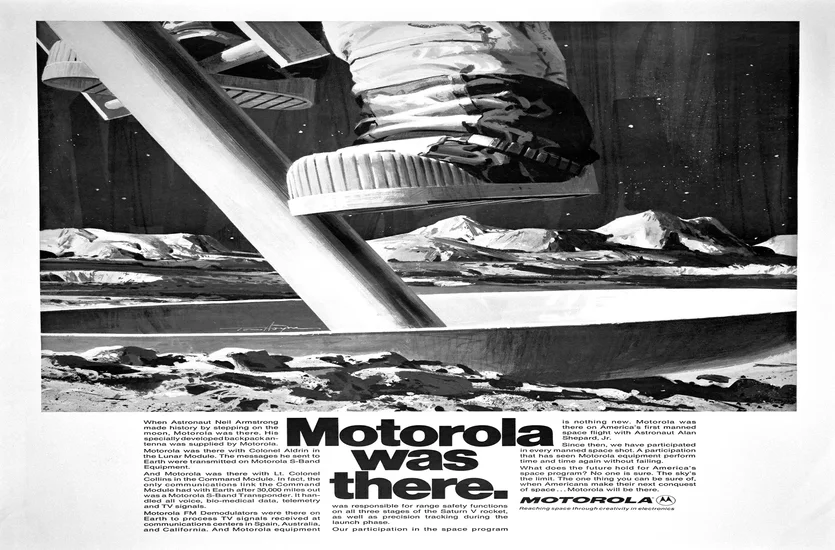
The Rise of “Community Repeater” Systems
The ’80s and early ’90s witnessed a significant evolution in wireless communication, characterized by the emergence of “community repeater” systems. These systems were game-changers, offering more efficient communication across various sectors.
A community repeater, defined by using multiple codes (tone or digital) to separate users, allows multiple businesses to collaborate and share the repeater’s resources.
At the core of this innovation was the radio repeater, a device that combined a receiver and a transmitter to capture and retransmit signals. It facilitated two-way radio communication over extended distances, especially when positioned at higher elevations.
These systems have since found applications across professional, commercial, government, and amateur radio networks, marking a significant step forward in wireless communication technology.
The Era of Cell Phones
In the early 2000s, there was a profound shift in communication, and it all began with Motorola’s groundbreaking achievement. In 1973, Martin Cooper, a visionary researcher and executive at Motorola, made history by placing the first-ever mobile telephone call from handheld subscriber equipment.
He dialed Dr. Joel S. Engel of Bell Labs, marking the inception of a technological revolution. With the advent of cell phones, these devices brought extraordinary convenience and ubiquity to our lives.
Cell phones allow us to achieve many tasks on the go, significantly saving time. Whether through various applications, multi-platform communication, or instant photo sharing, these powerful devices have become indispensable. Smartphones revolutionized information access, with the internet always at our fingertips.
Yet, along with their incredible benefits, cell phones came with their own challenges, such as relying on cellular carriers for issue resolution and the allure of distraction. Ultimately, these very challenges paved the way for a return to two-way LMR devices in certain sectors.
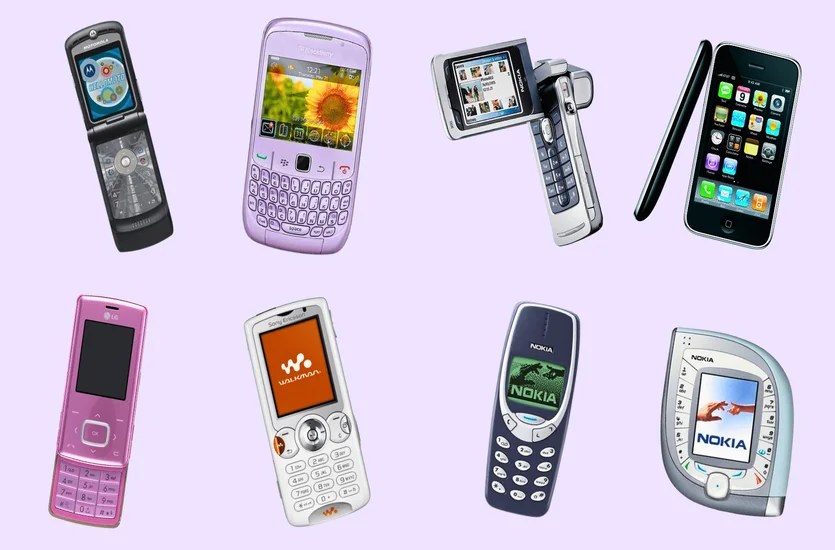
A Return to Two-Way LMR Devices
Many organizations have circled back to the reliability and practicality of two-way “LMR” devices for many reasons. While cell phones remain the linchpin of personal communications, they often fall short for professionals in sectors such as education, manufacturing, healthcare, law enforcement, or fire & EMS. Two-way radios deliver several pertinent advantages that can be counted upon in virtually every scenario.
From extended battery life to a lower cost of ownership, there are quite a few compelling benefits that make the choice between cell phones and two-way radios a no-brainer. However, the core reason for this resurgence lies in mission-critical environments. In situations where ownership, control, and instant team communication are paramount, digital two-way radios excel.
With cell phones, you’re often limited to one-on-one or three-person calls. Digital two-way radios, on the other hand, offer rapid one-to-many communication, enabling users to connect with the entire team swiftly. There’s no need to wait for a connection; just push, talk, and it’s done – making these devices ideal for seamless team communication, especially in high-stakes situations.
The Benefits of Two-Way Radios
Two-way radios offer various advantages that have made them indispensable for professionals across various industries. Here are some of the key benefits that make two-way radios the preferred choice:
- Instant Communication: Two-way radios provide instant, real-time communication. There’s no need to dial numbers or wait for connections; simply push the button and communicate instantly with your team.
- Emergency Alert Features: Two-way radios often come equipped with emergency alert capabilities. In critical situations, the push of an emergency button can quickly notify your team of a potential threat or crisis. This feature is imperative for law enforcement, fire and EMS, private security, and more.
- Optimal for One-to-Many Communications: Two-way radios excel in one-to-many communication. With a single transmission, you can reach your entire team, facilitating efficient group conversations.
- Longer Battery Life: Two-way radios boast extended battery life compared to most cell phones, ensuring communication remains uninterrupted throughout the workday.
- Better Network Security: Two-way radio networks are typically more secure and less susceptible to hacking, ensuring your communication remains confidential.
- Improved Call Quality & Coverage: With superior call quality and broader coverage, two-way radios are dependable even in remote or challenging environments.
- Reduced Down Time: The instantaneous nature of two-way radio communication reduces downtime, improving productivity and response times.
- Noise-Canceling Technology: Many two-way radios have noise-canceling features, making communication clearer in noisy settings.
- Superior Durability: Designed to withstand tough conditions, two-way radios are durable and reliable even in rugged environments.
- More Practical User Interface: Two-way radios offer user-friendly interfaces, allowing for easy operation, especially in mission-critical scenarios.
- Enhanced Communication Capabilities: Besides voice communication, two-way radios often support text messaging and GPS location services, enhancing communication possibilities.
These benefits collectively make two-way radios an invaluable tool for professionals who depend on instant and efficient communication in their daily operations.
Many commercial industries have dedicated radios and radio systems to maximize their day to day operational efficiencies and safety. Some of these industries include:
- Aerospace
- Agriculture
- Audio & Video
- Automotive
- Construction
- Education
- Entertainment
- Healthcare
- Hospitality
- Local Government
- Manufacturing
- Marine
- Mining, Oil and Gas
- Non-Profits
- Other
- Public Safety
- Real Estate and Property Management
- Retail
- Security
- Service Based – HVAC, Plumbing, etc.
- Telecommunications
- Transportation, Logistics
- Utilities
- Warehousing, Distribution
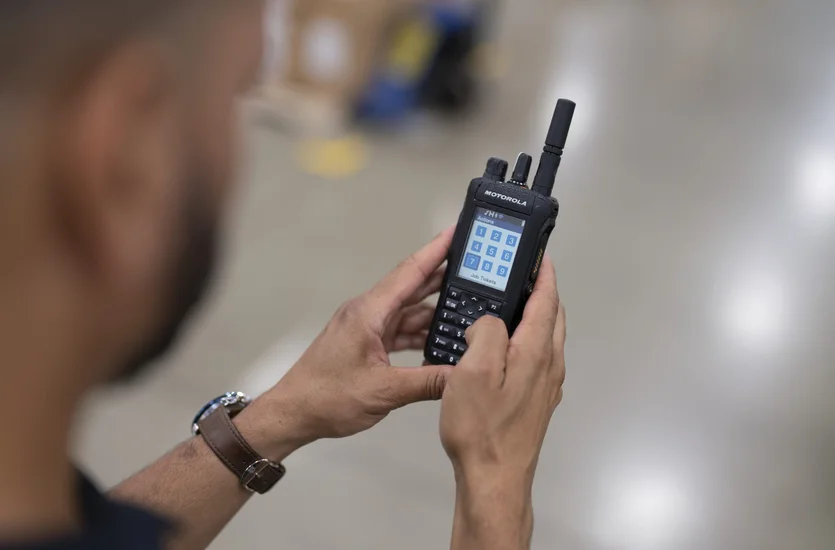
Push-to-Talk Over Cellular (PoC) Devices
Recently, we’ve witnessed a notable surge in the adoption of Push-to-Talk Over Cellular (PoC) devices. These devices represent a remarkable leap in communication technology, offering nationwide coverage and unparalleled flexibility.
PoC takes the simplicity of traditional push-to-talk and elevates it to a global scale, allowing users to connect instantly with individuals and groups worldwide.
The reliability of PoC becomes clear when compared to traditional telephony, which can often suffer from cross-country communication issues. PoC systems resist connectivity problems, such as drop-outs and interference, ensuring that communication remains seamless and dependable.
Furthermore, PoC is a cost-effective solution for users and fleet managers. With the use of SIM cards and flexible data plans, PoC offers a manageable and budget-friendly way to stay connected. EMCI Wireless, a trusted name in wireless communication solutions, continues to play a crucial role in providing these advanced PoC devices to meet the growing demands of professionals.
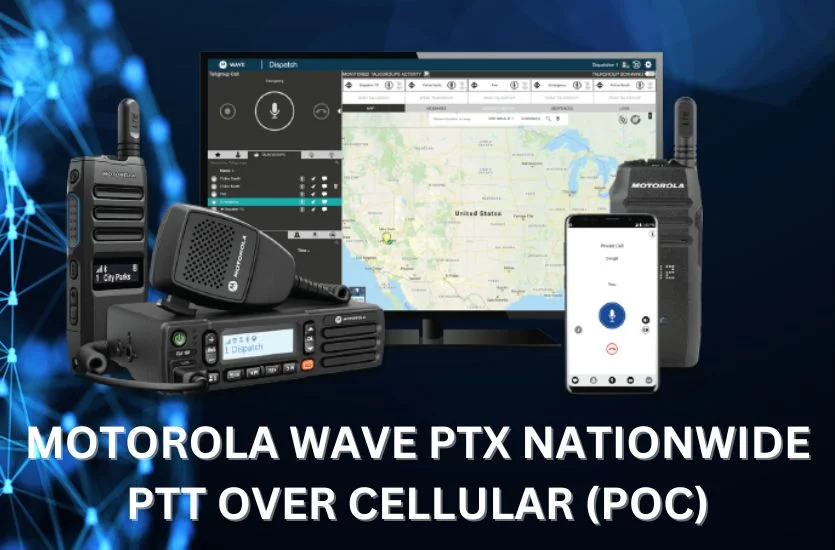
EMCI’s Journey in Wireless Communication
Founded in 1975 and headquartered in Sebring, Florida, Electronic Maintenance & Communications, Inc. (EMCI Wireless) has established itself as a locally owned and trusted entity. Over the years, EMCI has embarked on an extraordinary journey from beginning as an electronics repair shop to evolving into a Motorola Service Station.
Today, EMCI Wireless proudly stands as one of the largest Motorola Solutions Channel Partners in the Sunshine State. Their primary focus revolves around enterprise and state & local government markets, where they play a pivotal role in supporting first responders.
Furthermore, EMCI Wireless holds the distinction of being public safety certified, a testament to their unwavering commitment to providing mission-critical communication solutions for those who safeguard our communities.
EMCI Wireless: Your Partner in Mission-Critical and Commercial Communication Solutions
Wireless communication has experienced quite an evolution. We’ve journeyed from the early days of groundbreaking wireless devices to the resurgence of two-way radios and the advent of modern Push-to-Talk Over Cellular (PoC) devices. Along the way, EMCI Wireless has played a pivotal role, offering mission-critical communication solutions that empower those safeguarding our communities.
Instant, reliable communication remains a cornerstone in our ever-advancing world. And, EMCI Wireless stands at the forefront, providing the tools and expertise to meet these demands.
To explore the wide range of communication solutions and equipment repair services EMCI Wireless offers, check out our offerings and stay updated on important news and product releases by following our blog. Discover how the team at EMCI Wireless can help you be your best in the most critical moments, contact us for a free consultation.
